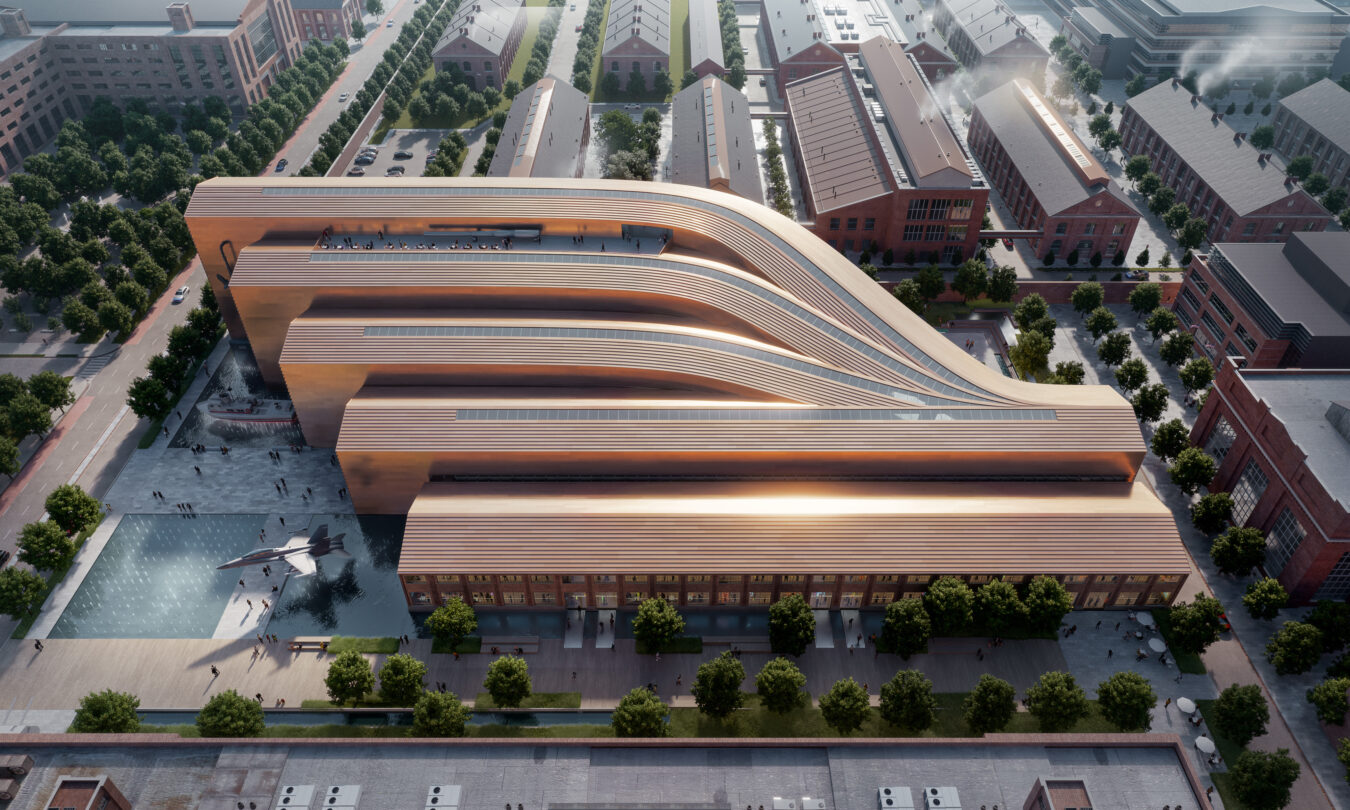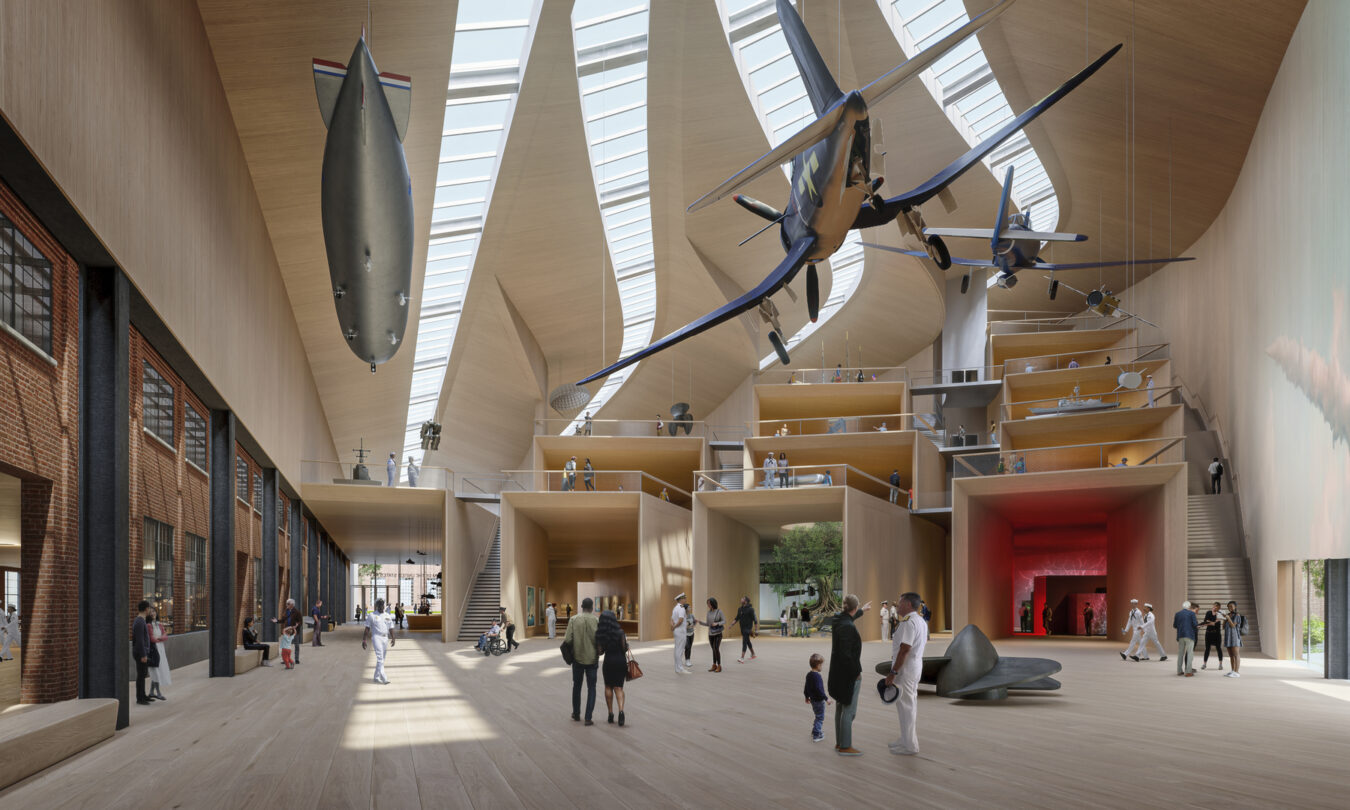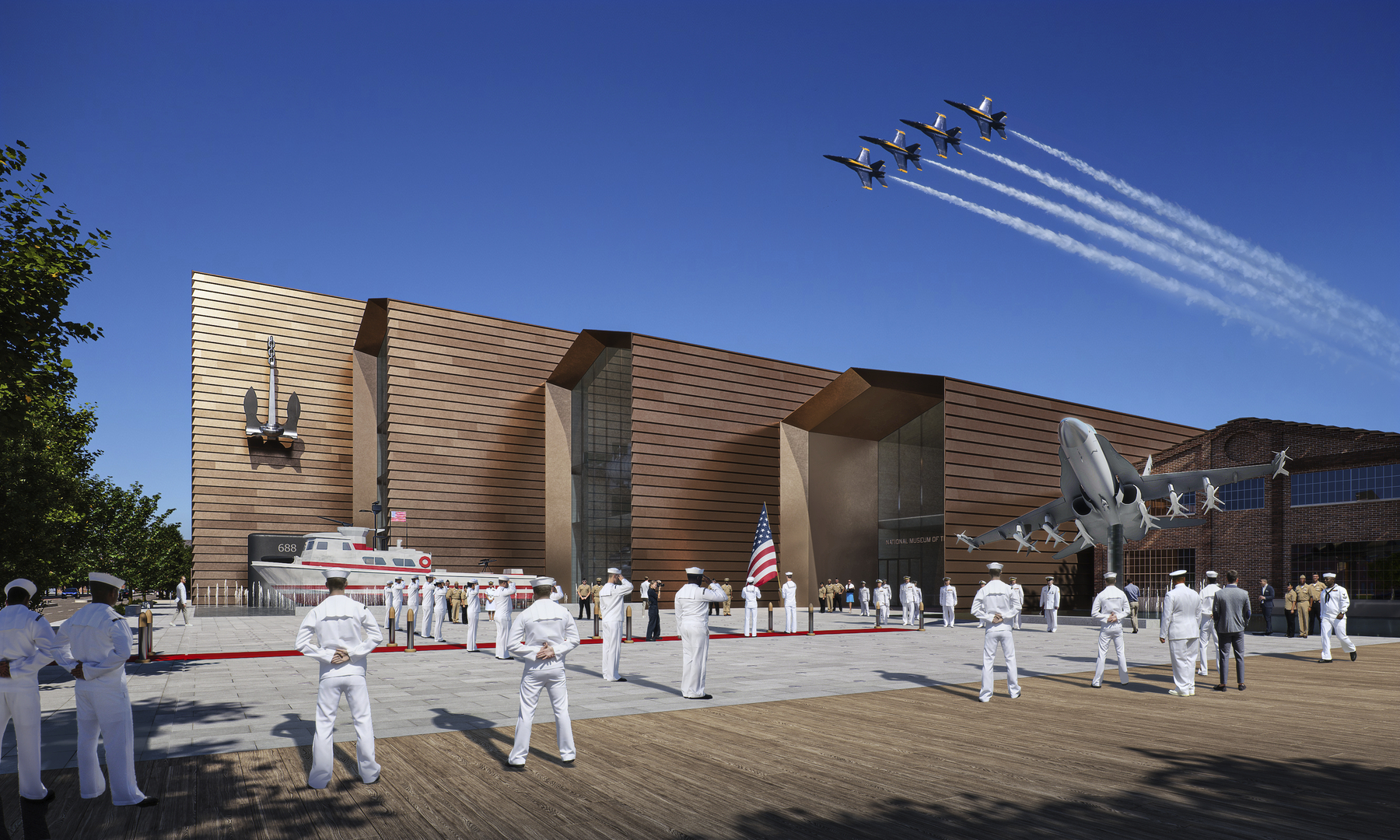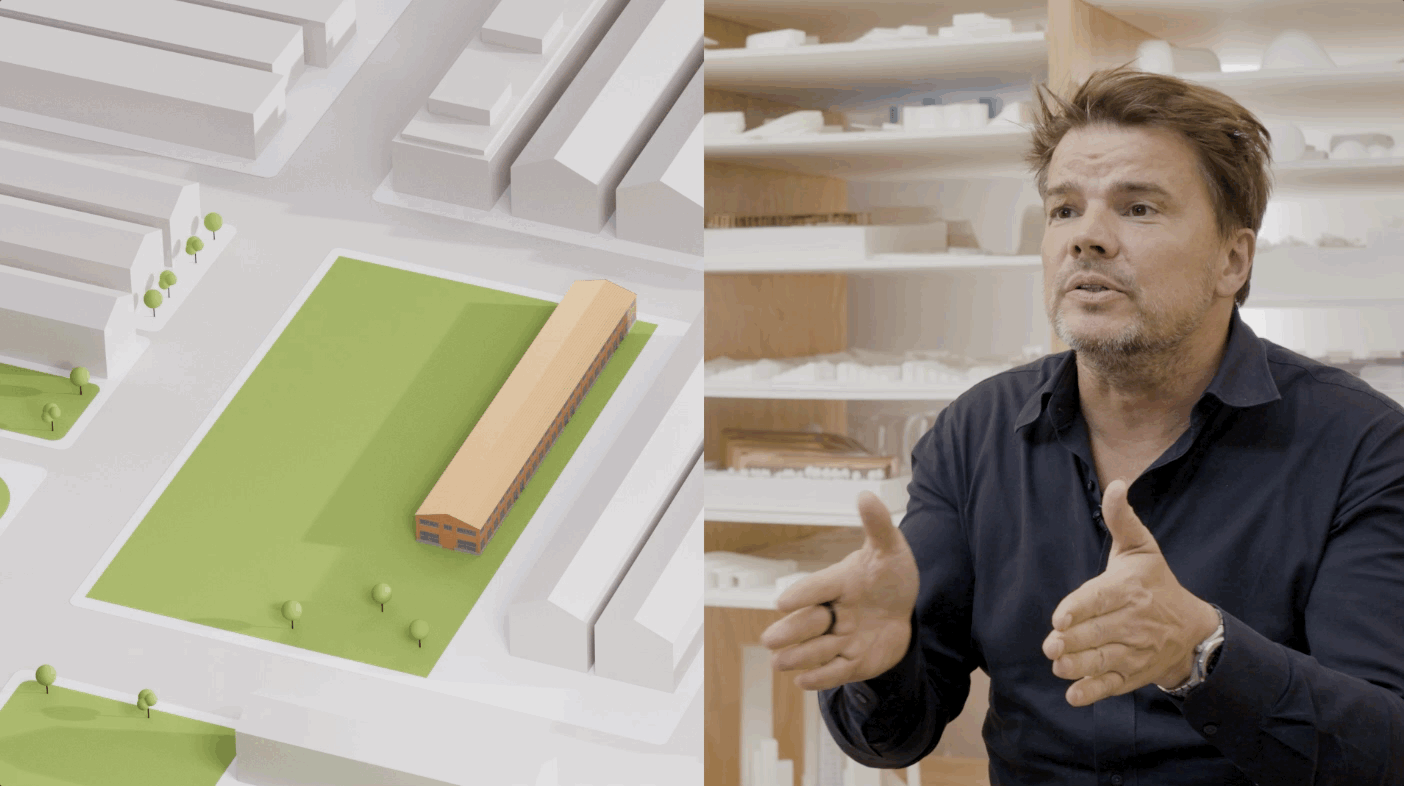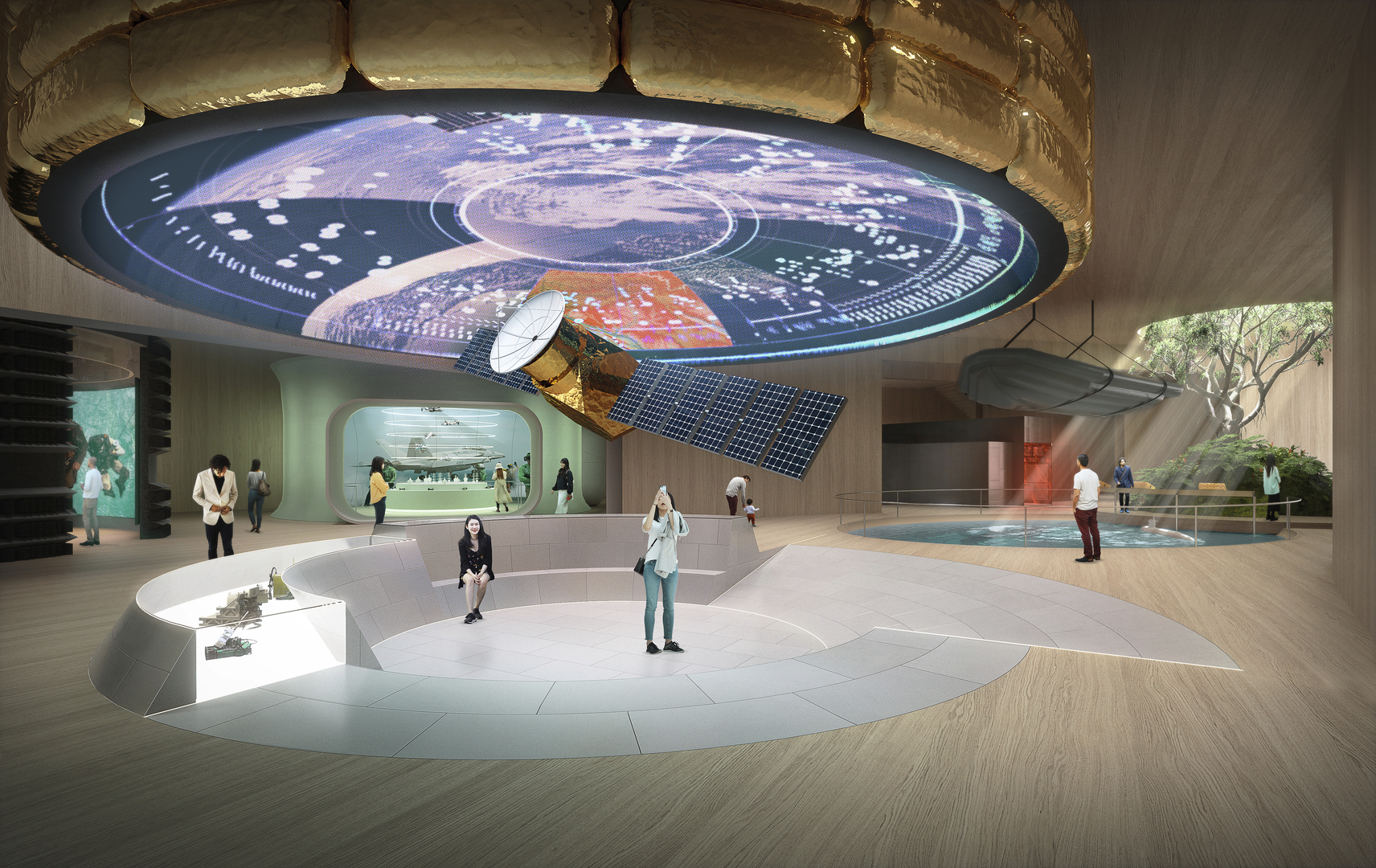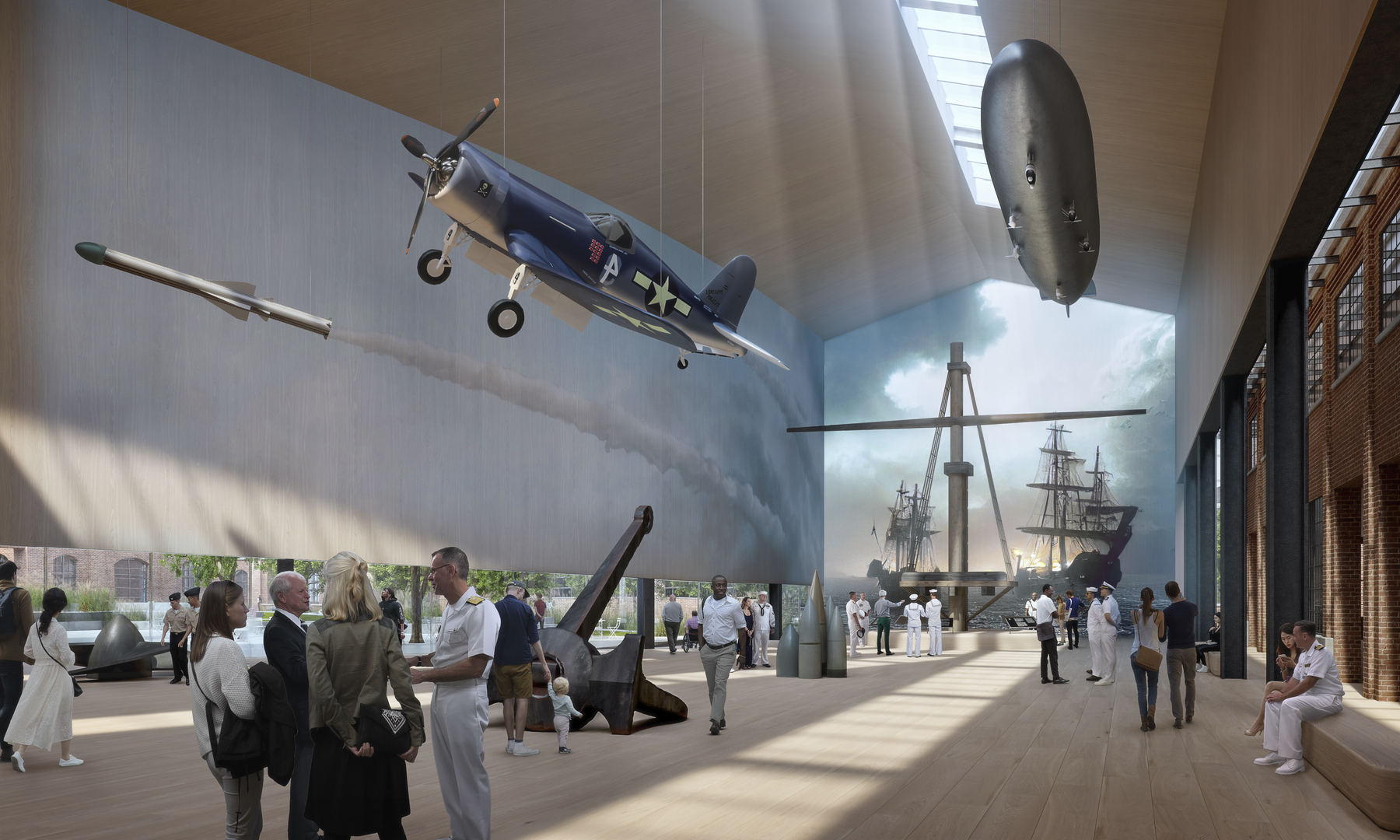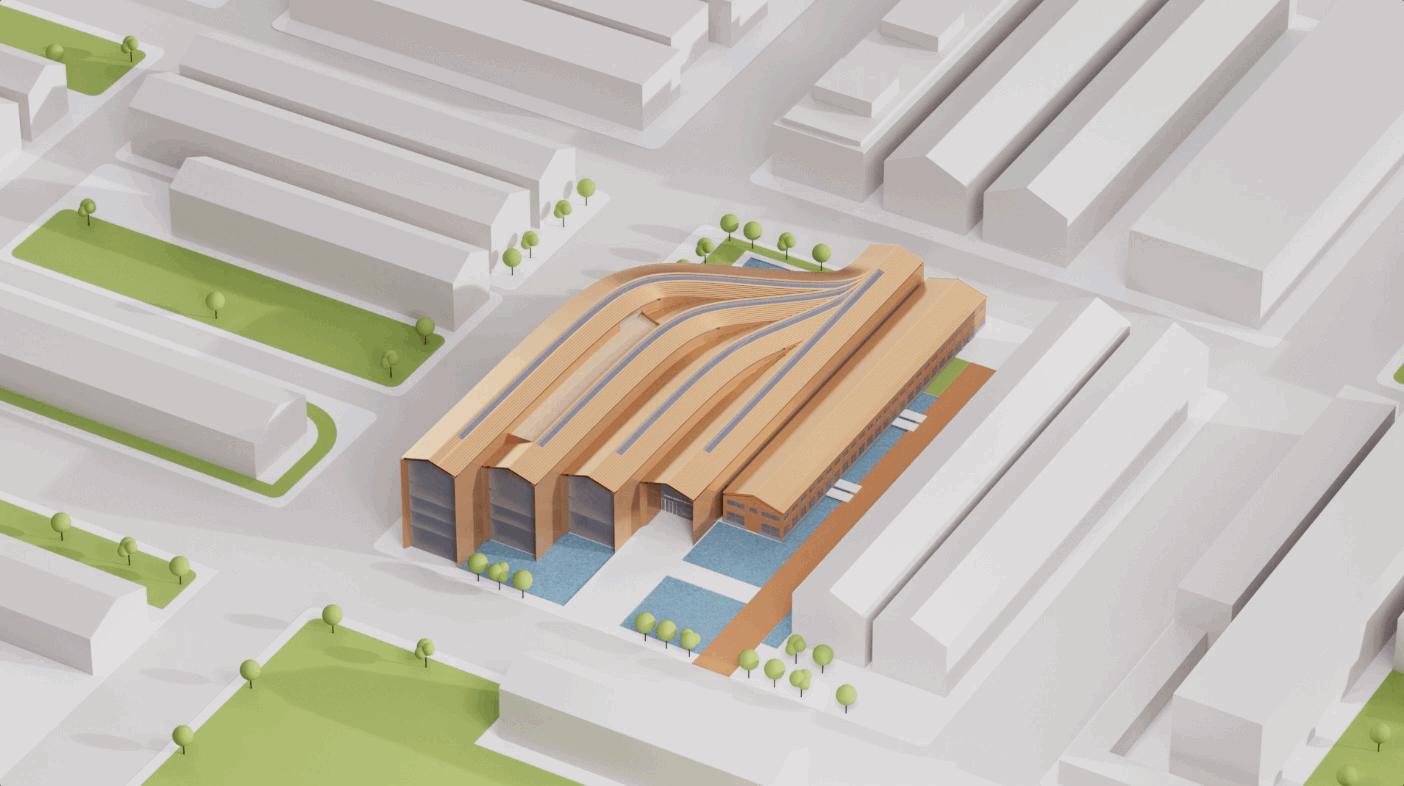Project Details
A concept for the planned new National Museum of the United States Navy, developed in close collaboration with BIG and Olin Studio, marking an important conceptual and artistic step toward creating a state-of-the-art museum and community institution – a home for both Naval veterans and the public, a living memorial to the U.S. Navy’s heritage, a lighthouse for education and public events.
Client
MGAC
Location
Washinton D.C.
Sector
Architecture & Built Environment
Collaborators
BIG Olin Studio
The Brief
Focusing on the exhibition design and activating the Naval History and Heritage Command’s collection of macro artefacts across the museum, create a dynamic and engaging concept that honours the Navy’s past and present.
Our Response
The planned new museum will be a state-of-the-art campus for active-duty sailors, veterans, and the public. BIG created the overall concept for the building and campus. At the same time, Squint/Opera developed the concepts for the SSEAS exhibitions (Surface, Sub-surface, Expedition, Aviation, Space) and activations for macro objects and Naval stories.
The SSEAS exhibits are about the five branches of the Navy today, requiring a modern approach to storytelling and updating flexibility. Squint worked closely with BIG to develop the concepts and communicate the ideas, ultimately creating a museum concept film that builds on the original presentation Bjarke Ingels gave in person.
The approach for the SSEAS exhibition is defined by a strategic decision to create open pavilions instead of enclosed galleries.
The pavilions can be seen simultaneously within the room as ‘one Navy’ and, simultaneously, understood as five unique components. Equally, this arrangement allows visitors to choose how they move through the experience, choosing individual pavilions or flowing seamlessly from one to the other.
Each pavilion can also take a unique form, defined by the story that needs to be told rather than a defined gallery space. And each pavilion uses different narrative techniques (light, sound, interaction, projection) to tell its story. Strategically, the different forms and narrative techniques make the experience recallable and engaging.
To create an immersive and contextual experience, macro artefacts are brought to life using floor-to-ceiling LEDs with evolving backdrops that change based on the time of day and weather conditions.
A key attribute of the Navy is to be adaptable – the media approach in the atrium allows versatility, offering different modes of content responsive to the needs of the museum, including displays of active service members’ names, memorials and ceremonies featuring keynote speakers and global maps that show live marine traffic and meteorological data.
Squint/Opera also considered the importance of micro-details that represent the collective stories of the Naval family; visitors are given the opportunity to leave a message on a Navy dog tag and add to the museum wall.
Navy ribbons and insignia are displayed on a mechanical wall, allowing visitors to uncover and recreate existing ribbons, and a selection of significant items are paired with anecdotes from Navy personnel. All these elements combine to create a memorable and engaging experience for all visitors to the museum.
To conceptualise a visitors’ experience that embodies the essence of the US Navy, Squint/Opera carefully considered the historical context and purpose of the Navy Yard in Washington, D.C., and conducted in-depth research into what it means to be part of the Navy.
At the core of the design approach is the audience and unique purpose for the museum – a place of heritage, memorial and conduct for veterans and their families, current enlisted personnel and the education of the public.
This massive space will serve as the majestic setting for ceremonies honouring those who served. As imagined. The Museum will be of the Navy as well as for the Navy. – Bjarke Ingles, Founder & Creative director BIG.

